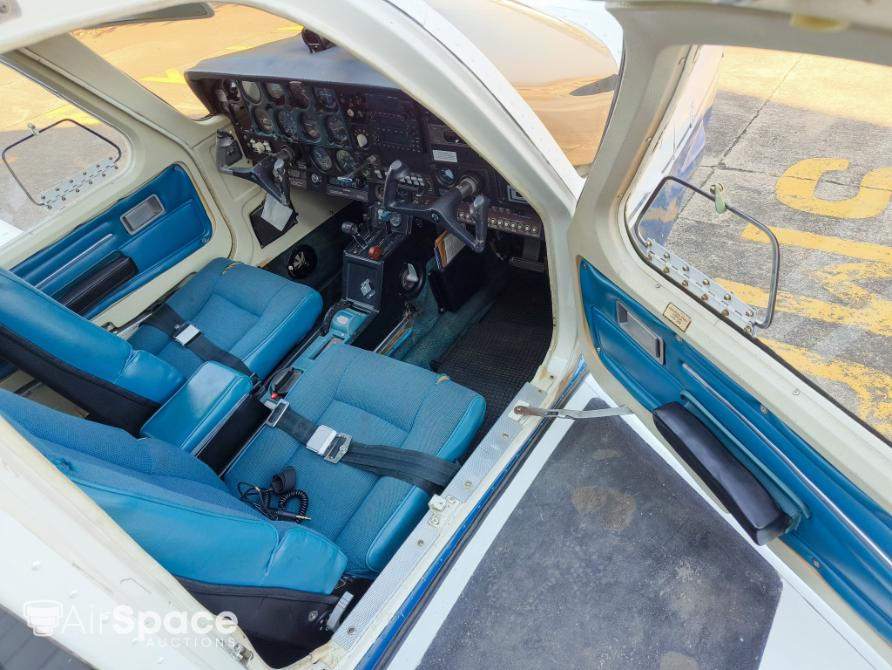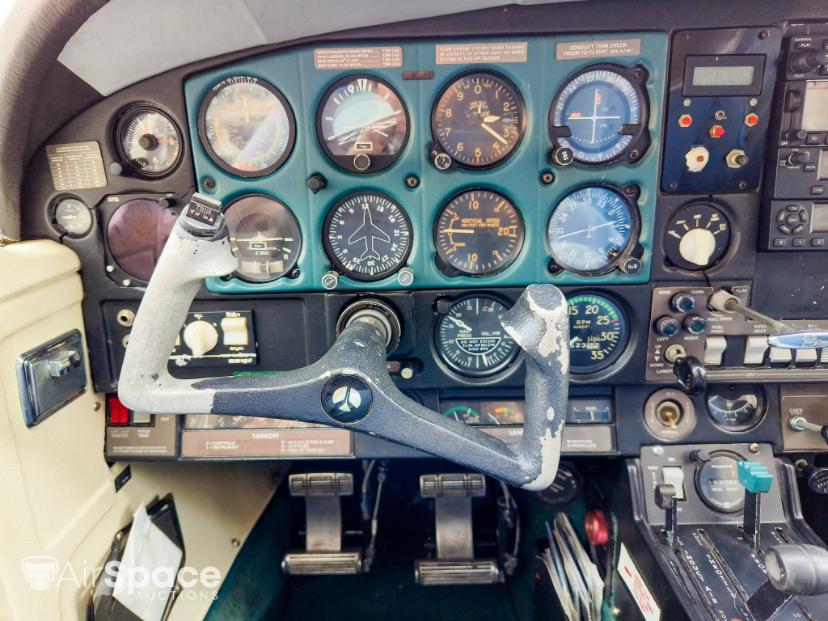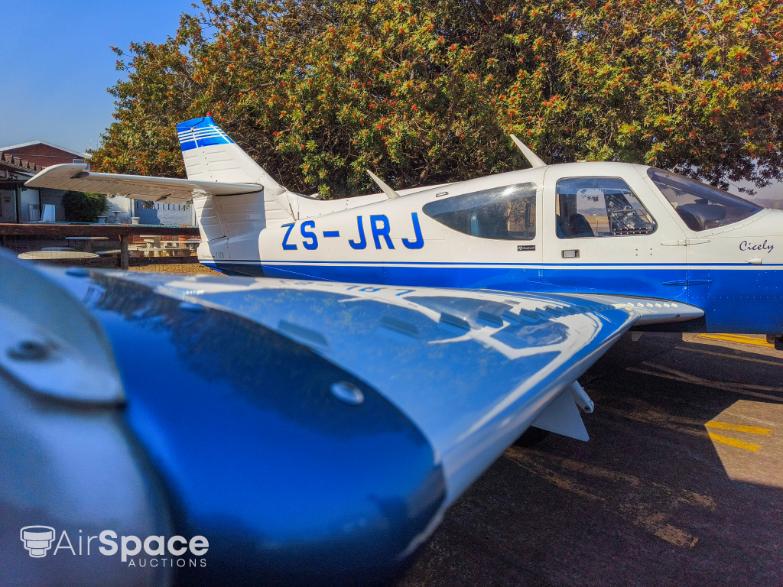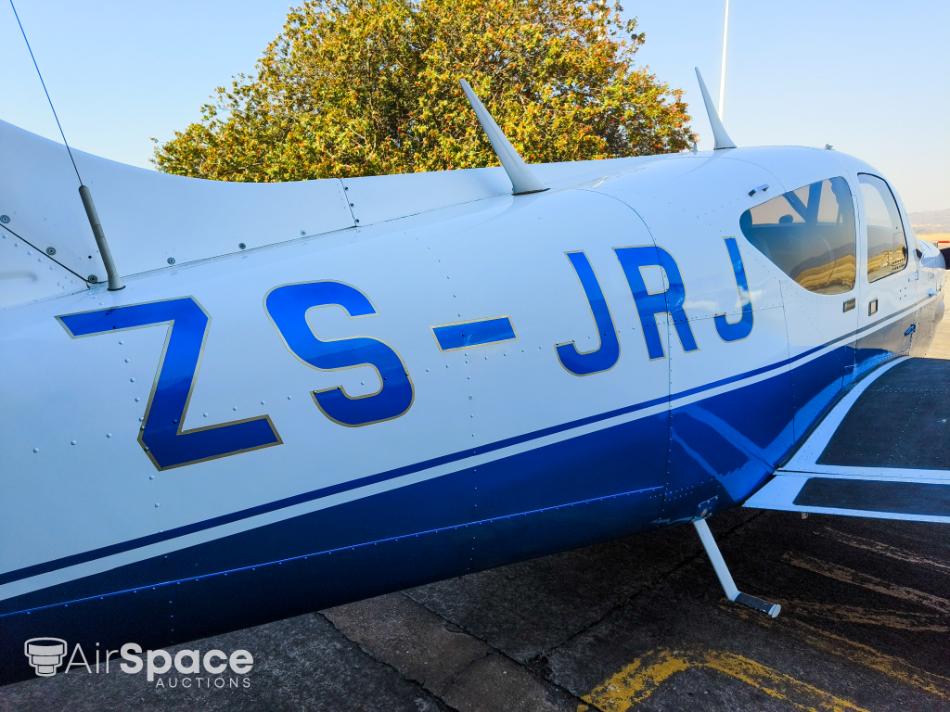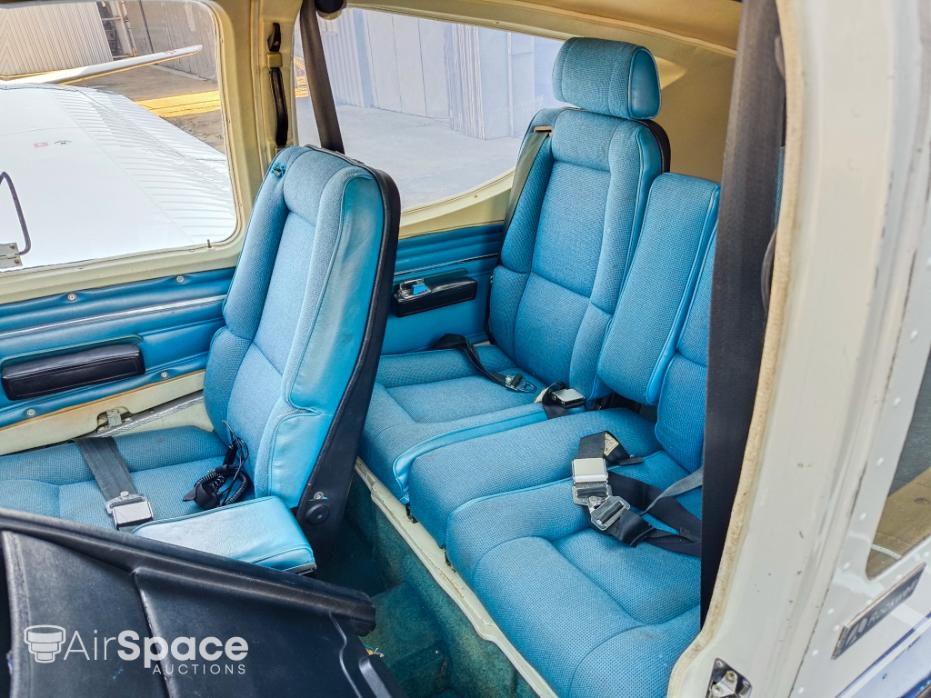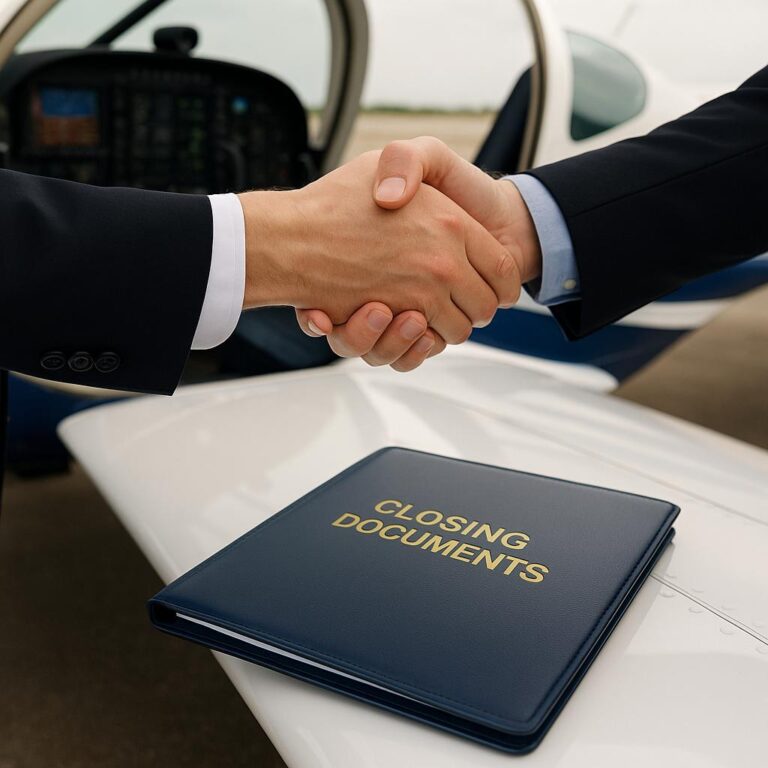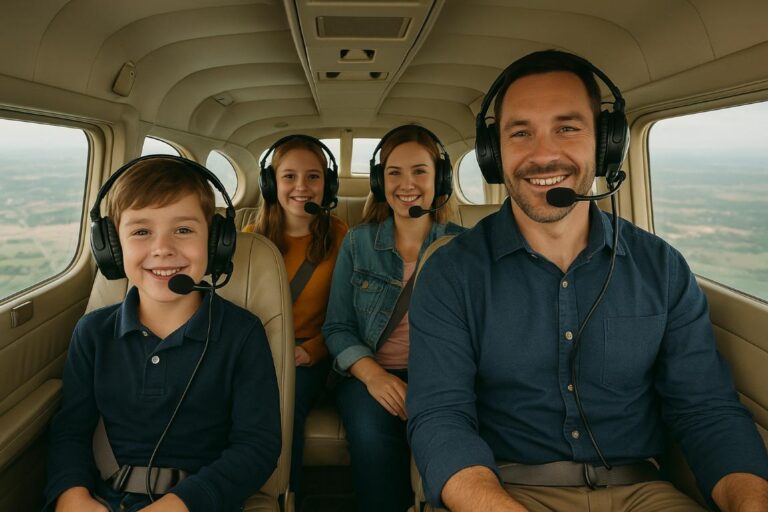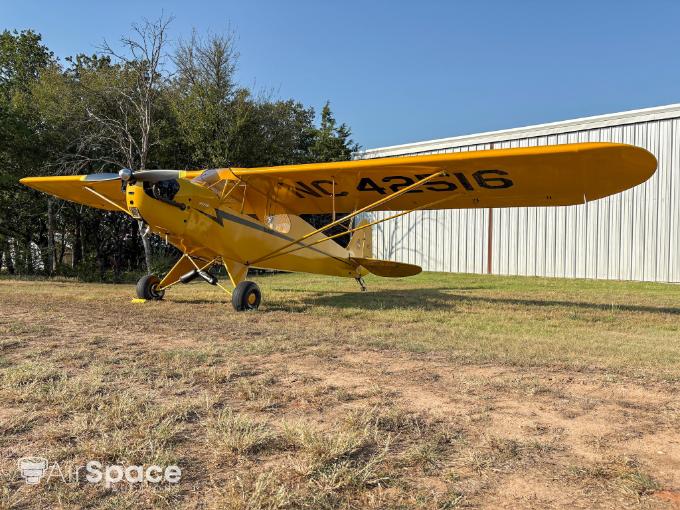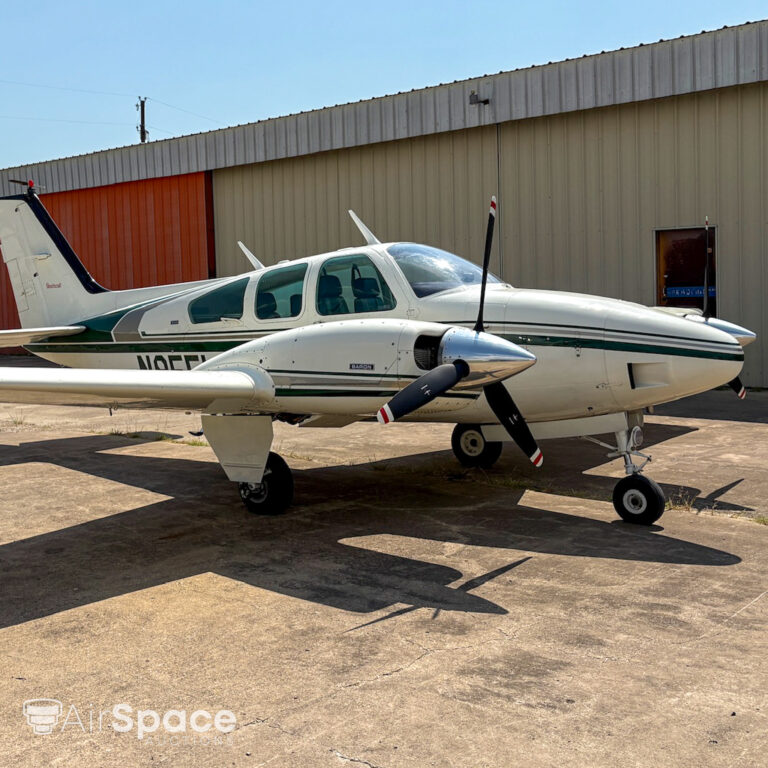The 1976 Rockwell Commander 112A: A Comprehensive Review
History of the Rockwell Commander 112A
The Rockwell International Corporation, founded in 1919, has a storied history of innovation and excellence in aerospace and aviation. Initially focused on manufacturing parts for the burgeoning automotive industry, Rockwell quickly transitioned to aviation, producing aircraft that have become synonymous with quality and reliability. Among its many contributions to the aviation world, the Commander series stands out as a testament to Rockwell’s commitment to high-performance, reliable aircraft.
The Commander series, originally designed by Ted Smith, was introduced in the early 1970s as a competitor in the single-engine, high-performance aircraft market. The Commander 112A, specifically, debuted in 1976 as an upgraded version of the Commander 112. Considered a verys solid airframe with low maintenance needs and a very balanced flight characteristic.It featured improved aerodynamics, enhanced avionics, and a more powerful engine, making it a popular choice for both private pilots and flight schools. Its design emphasized comfort and efficiency, setting a new standard for light aircraft.
The 1976 Rockwell Commander 112A: Low-Time Excellence
The 1976 Rockwell Commander 112A, with its low-time airframe, stands out as a prime example of a low-time aircraft. With only 2520.76 total hours on its airframe, this aircraft offers prospective buyers an exceptional balance of value and performance. Low-time aircraft are highly sought after for their reduced wear and tear, resulting in lower maintenance costs and higher reliability. This particular model is renowned for its excellent handling and reliability, making it an ideal choice for both cross-country and recreational flying.
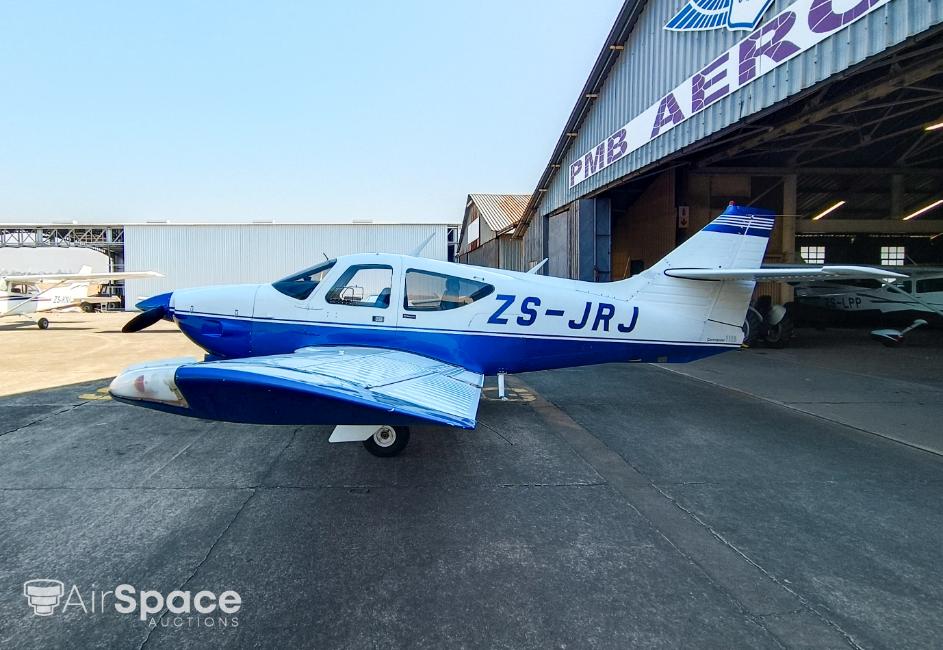
Airframe
The airframe of the 1976 Rockwell Commander 112A is in excellent condition, with a total time of just over 2500 hours. This low-time airframe ensures that the aircraft remains robust and reliable, providing a safe and efficient flying experience. The aircraft has a stall speed of 54 knots with the gear down and flaps extended to 35 degrees, and it can cruise comfortably at 130 knots when operating at 75% power. The airframe’s durability and design make it suitable for a wide range of flying conditions.

Engine
Powering the Rockwell Commander 112A is the Lycoming IO-360-C1D6 engine, a model known for its reliability and performance. With an overhaul completed in 2002, the engine has accumulated only 671.06 hours, making it a low-time engine that promises many more hours of dependable service. The engine’s robust performance and low operating time contribute significantly to the aircraft’s overall reliability and efficiency, ensuring that it remains a favored choice among pilots.
Propeller
The Hartzell HC-E2YR-1BF/F7666A propeller complements the aircraft’s performance, with a total time of just 220.99 hours since its overhaul in January 2013. Overhauled at the Propeller Centre CC, Wonderboom Airport, the propeller’s low time and excellent condition ensure optimal performance. The propeller’s efficient design and recent overhaul mean that it provides smooth, reliable operation, contributing to the aircraft’s overall flying experience.

Avionics
The avionics suite of the 1976 Rockwell Commander 112A is comprehensive, featuring modern Garmin systems alongside essential flight instruments. The aircraft is equipped with a Garmin GMA 345 audio panel, a Garmin GNC 250XL GPS/COMM, a Garmin GTX 345 transponder, and a Garmin GTR 225 COMM. Additionally, it includes a Bendix King KR-85 ADF, a Kannad RC200 ELT, and a Boman Astrosonix 8-track player. These avionics ensure a safe and efficient flying experience, making the aircraft suitable for various flight conditions.

Exterior
The exterior of the Rockwell Commander 112A is predominantly white with blue accents, highlighting the aircraft’s sleek design. Blue adorns the wing tips, tail, nose, and bottom of the fuselage, with the registration number outlined in a thin gold stripe. Despite a few spots of wear, the overall paint condition is good, adding to the aircraft’s aesthetic appeal. The aircraft’s striking appearance not only enhances its visual appeal but also reflects its well-maintained status.
Interior
The interior of the aircraft exudes a vintage charm, featuring light blue tweed seats and panels that contrast nicely with cream accents. While there are minor tears on the front seats, the rear seats remain intact, preserving the aircraft’s classic look. The spacious cabin provides comfort for up to four occupants, making it ideal for both short trips and longer journeys. The interior’s blend of vintage style and functional design adds to the overall appeal of the aircraft.
Additional Features
The Rockwell Commander 112A is free from significant flaws and corrosion, with a flap hinge replacement being the only noted maintenance item. This ensures the aircraft remains in excellent condition for its next owner. The aircraft’s well-documented maintenance history and low-time components make it a reliable and attractive option for prospective buyers.

Upcoming Auction Information
The upcoming auction for this 1976 Rockwell Commander 112A presents a unique opportunity for aviation enthusiasts and potential buyers. With a starting bid of $35,000, this aircraft offers excellent value given its low-time airframe and high-performance capabilities. The auction is scheduled to take place from September 18 to September 25, 2024, at Pietermaritzburg FAPM in South Africa. A deposit of $2,000 is required, with a buyer premium of 6%.
Conclusion
The 1976 Rockwell Commander 112A is a remarkable low-time aircraft, combining reliability, performance, and value. Its well-maintained airframe, engine, and avionics make it an ideal choice for cross-country and recreational flying. The upcoming auction provides an opportunity to acquire this exceptional aircraft, ensuring many more hours of enjoyable and safe flying. Prospective buyers should not miss the chance to own this outstanding example of aviation excellence. The Rockwell Commander 112A’s blend of vintage charm and modern performance makes it a standout option in the market, offering a unique flying experience for its next owner.







